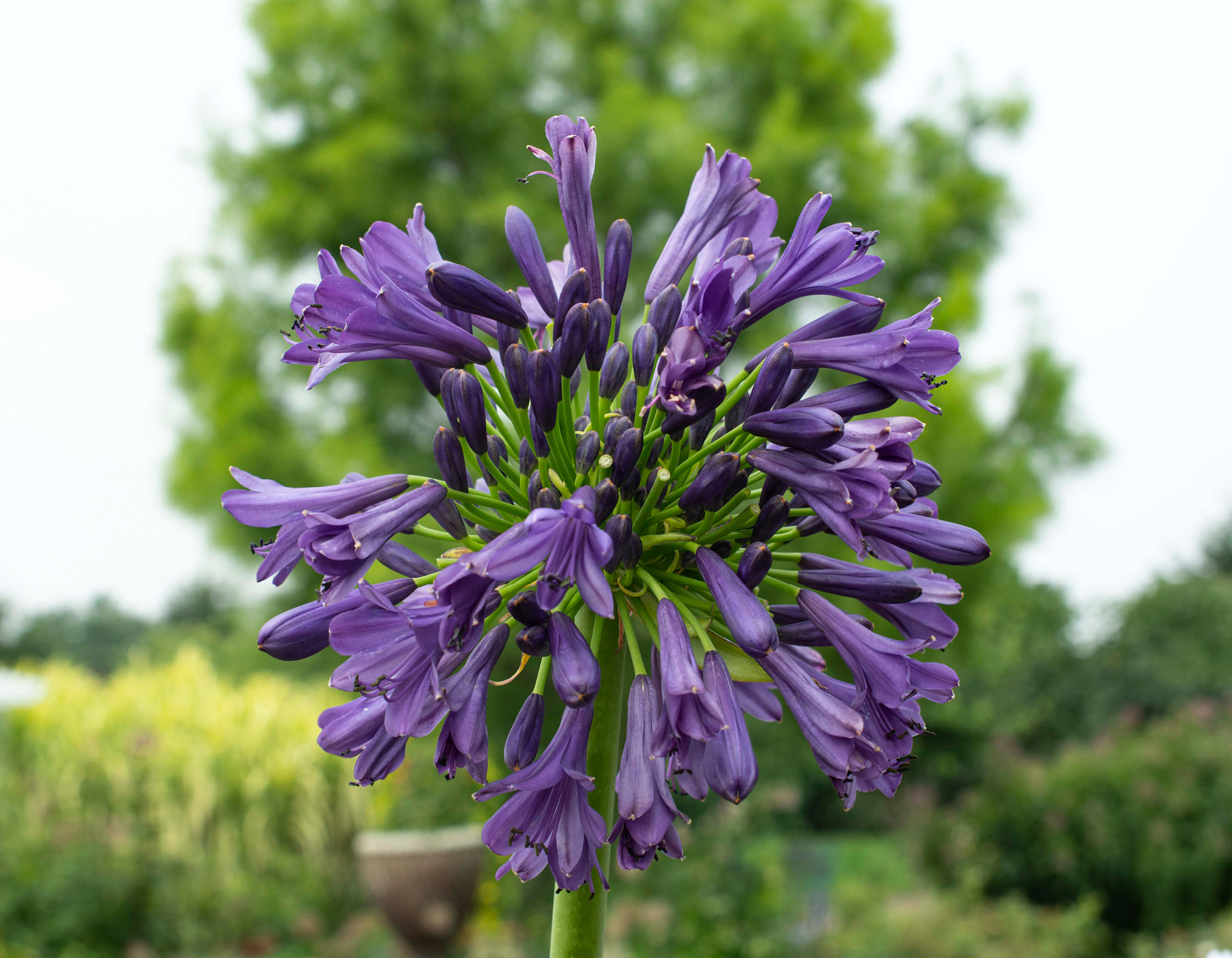Understanding the Art of Agapanthus Care: Important Actions for Healthy Growth and Vivid Flowers
In the world of gardening, the growing of agapanthus stands as a satisfying undertaking for those that look for to nurture these elegant blooming plants. From selecting the right variety to grasping trimming strategies, the journey in the direction of cultivating thriving agapanthus plants is multifaceted and holds the key to unlocking the complete potential of these botanical gems.
:strip_icc()/agapanthus-africanus-b959396b-5696f86e059c46f299d1834ba687c6eb.jpg)
Selecting the Right Agapanthus Selection

When picking the best Agapanthus range for your garden, consider aspects such as environment suitability, flower color, and growth routine. Furthermore, consider the climate in your area to make sure the Agapanthus variety you pick can flourish in your certain problems. Understanding the development practice of various Agapanthus ranges is vital for appropriate placement within your yard.
Ideal Planting Conditions
Taking into consideration the ideal environmental needs is vital for effective Agapanthus farming. Agapanthus plants are delicate to cool temperatures and must be shielded from frost during winter months.
To guarantee healthy development and lively blooms, plant Agapanthus bulbs at a depth of about 2-4 inches and area them 8-12 inches apart. Mulching around the base of the plants assists retain dampness and suppresses weed development.
Watering and Feeding Tips
Preserving correct moisture degrees and offering important nutrients are key elements in the treatment routine for Agapanthus plants. When it comes to sprinkling Agapanthus, it is vital to strike a balance. These plants prefer continually wet dirt but are prone to root rot if overwatered.
Feeding Agapanthus is necessary for advertising healthy growth and prolific blooms. Use a well balanced fertilizer, such as a 10-10-10 formula, in the early springtime as brand-new growth arises. By adhering to these watering and fertilizing pointers, you can guarantee your Agapanthus plants thrive and generate lively, durable blossoms.
Pruning Techniques for Agapanthus
Trimming Agapanthus plants at the appropriate times and with correct methods is crucial for preserving their health and wellness and advertising optimum growth and blooming. The excellent time to prune Agapanthus remains in late wintertime or early springtime prior to brand-new development emerges. Begin by removing any type of yellowing or dead leaves near the base of the plant. Cut them as short as feasible without harming the arising shoots.
Deadheading invested blossoms can likewise reroute the plant's power into producing more blossoms rather than setting seeds. If you want to accumulate seeds for breeding, leave some flowers i was reading this to mature and dry on the plant.
Bear in mind to make use of clean, sharp tools to make precise cuts and reduce the threat of presenting diseases. Agapanthus. Regular pruning will certainly aid maintain your Agapanthus looking healthy and balanced and neat while ensuring a plentiful screen of beautiful blooms
Taking Care Of Typical Pests and Conditions
After making sure correct pruning techniques browse around this site for Agapanthus, it is important to attend to typical bugs and illness that can impact the wellness and vitality of these plants. Agapanthus plants are usually durable yet can still drop victim to particular problems. One common bug that affects Agapanthus is the Agapanthus gall midget. This tiny, orange fly lays its eggs in the foliage, resulting in altered growth and flower buds that stop working to open. To combat this parasite, prune and you could try these out destroy any kind of damaged plant parts and think about using insecticidal soap.
An additional typical concern is fungal leaf area, which offers as dark sores on the leaves. To prevent fungal illness, ensure great air blood circulation around the plants, avoid overhanging watering, and remove any type of contaminated leaves quickly. In addition, Agapanthus plants can experience origin rot if they are grown in poorly draining dirt. To stop this, plant Agapanthus in well-draining dirt and avoid overwatering. By being attentive and taking prompt action versus pests and illness, you can aid your Agapanthus plants thrive and generate vibrant blooms.

Verdict
To conclude, understanding the art of agapanthus treatment involves choosing the best selection, giving perfect planting conditions, correct watering and feeding, suitable pruning techniques, and addressing usual pests and conditions. By complying with these crucial steps, you can ensure healthy and balanced development and vivid blossoms for your agapanthus plants. Keep in mind to on a regular basis keep track of and maintain your plants to advertise their overall well-being and long life.
To make sure healthy development and lively blossoms, plant Agapanthus light bulbs at a depth of about 2-4 inches and area them 8-12 inches apart. By following these watering and feeding pointers, you can guarantee your Agapanthus plants thrive and generate dynamic, long-lasting flowers.
One typical insect that influences Agapanthus is the Agapanthus gall midge. Additionally, Agapanthus plants can experience from root rot if they are grown in improperly draining soil. By adhering to these necessary steps, you can make certain healthy development and dynamic blossoms for your agapanthus plants.
Comments on “Expanding Agapanthus: A Full Guide to Beautiful Blooms”